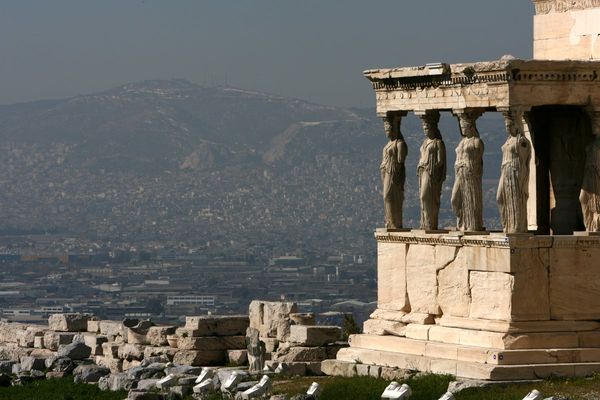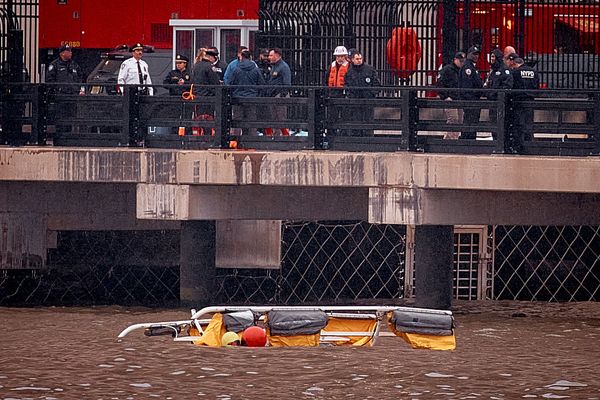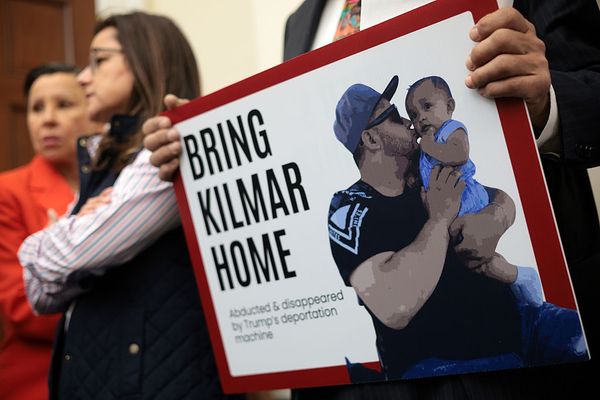
The novelty of Bangkok governor Chadchart Sitthipunt designating seven areas for public gatherings invites praise and doubts.
On Jun 24, Bangkok Metropolitan Administration (BMA) issued an announcement signed by the new Bangkok governor, identifying seven venues in the capital where people can hold demonstrations.
The sites are Lan Khon Muang ground in front of City Hall, the Thai-Japanese Youth Centre in Din Daeng district, the public space beneath Ratchavibha Bridge near Soi Vibhavadi Rangsit 36 in Chatuchak district, the parking lot in front of the Phra Khanong district office, the 72nd Anniversary Stadium in Min Buri district, the Chalerm Phrakiat Stadium in Thung Khru district and Monthon Phirom Park in Taling Chan district.
These areas are the BMA's properties, and under this ordinance they will be used to provide safe space for political demonstrators to avoid violence between the state and protesters on the streets.
It will be easy for BMA to take care of protesters as CCTV cameras are positioned in these venues, with parking areas for ambulances and mobile toilet vehicles.
Though this comes with a good intention, some activists have raised concerns about the venues' locations which are enclosed spaces, unable to hold large crowds, and far from Bangkok's economic and political hubs.
Most protests are organised in the city's hotspots, including the Ratchaprasong intersection, the transport hub at the Victory Monument, the streets in front of Government House and Din Daeng intersection near the 1st Infantry Regiment.
These venues make their political activities visible and get attention from the public, media and the government. They are also the spots with many public transport choices, attracting participants and sustaining their momentum.
As these locations are busy areas, it's unavoidable that the protests will interrupt traffic and bypassers.
To be fair, the BMA doesn't have many choices for venues. On the other hand, the selections underline a chronic problem in Bangkok: the lack of public space.
Bangkok is known for its poor urban planning, resulting in limited public space and fragmented public transport. It's estimated there are only about 6 square metres of public space for every Bangkok resident.
The space is even smaller in the city's political and commercial hubs, where protests can be most visible but lack public spaces that can hold large crowds. Footpaths are missing from the side of the road or are too narrow to create ample room for walking and public gathering.
Under these conditions, occupying the streets seems like the only choice for protesters.
But this can also lead to the increasing use of violence as we have seen at Din Daeng intersection and in front of Government House, where police clashed with protesters to reclaim the streets or protesters damaged public properties.
The mindset of authorities, which often claim ownership of public space, has fuelled the violence.
After the 2014 coup, many activists were arrested while holding protests at the plaza in front of BMA's Bangkok Art and Culture Centre (BACC). One of the reasons given for the police crackdown on activists was they were using public space without permission.
Since 2015, the government under coup leader and Prime Minister Gen Prayut Chan-o-cha has enforced the Public Assembly Act which requires protest organisers to notify authorities and police 24 hours in advance.
This law even squeezes the availability of public space for people's gatherings.
The link between tight public space and violence is also observed in other cities around the world, including in New York where police fiercely clashed with Black Lives Matter supporters.
In Hong Kong, limited open space (average 2.7 square metres per person) left no place but streets and privately-own spaces for mass demonstrations in 2019 and 2020.
This also opened a channel for the government and police to use excessive force in the name of saving public spaces.
For decades, urban development has tended to focus on economic goals. Not much attention is paid to space for public gatherings which are even more important today when Thailand's democracy is degrading while the young value individualism and freedom of expression.
We do need spaces that provide people with the opportunity to engage in political and social debates that challenge the status quo, and these spaces must make people's actions visible.
To be realistic, it's difficult for Bangkok to create such spaces in the city's hotspots as they are occupied by private owners.
To find more space, we will need collaboration from many players, including universities, ministries, state-run museums and cultural centres that can offer their spaces for public gatherings.
The owners of so-called "quasi-public spaces" or spaces that are open to the public but under private ownership (for example, an outdoor plaza of a mall) may also allow peaceful and temporary public assembly.
Governor Chadchart's initiative in providing protesters with BMA's spaces is welcome but the plan still needs tweaking. It will require additional measures, including improvements to the public transport network to increase the venues' accessibility.
Ensuring the availability of public gatherings can't be dependent solely on BMA. The central government is vital for facilitating peaceful public gatherings.
Its ongoing crackdown on protest leaders and participants as well as the use of excessive force to disperse street protests do not encourage public debates. It even pressures people to seek more space for expression, which will unavoidably lead to violence and damage to public properties.
Paritta Wangkiat is a columnist for the 'Bangkok Post'.







